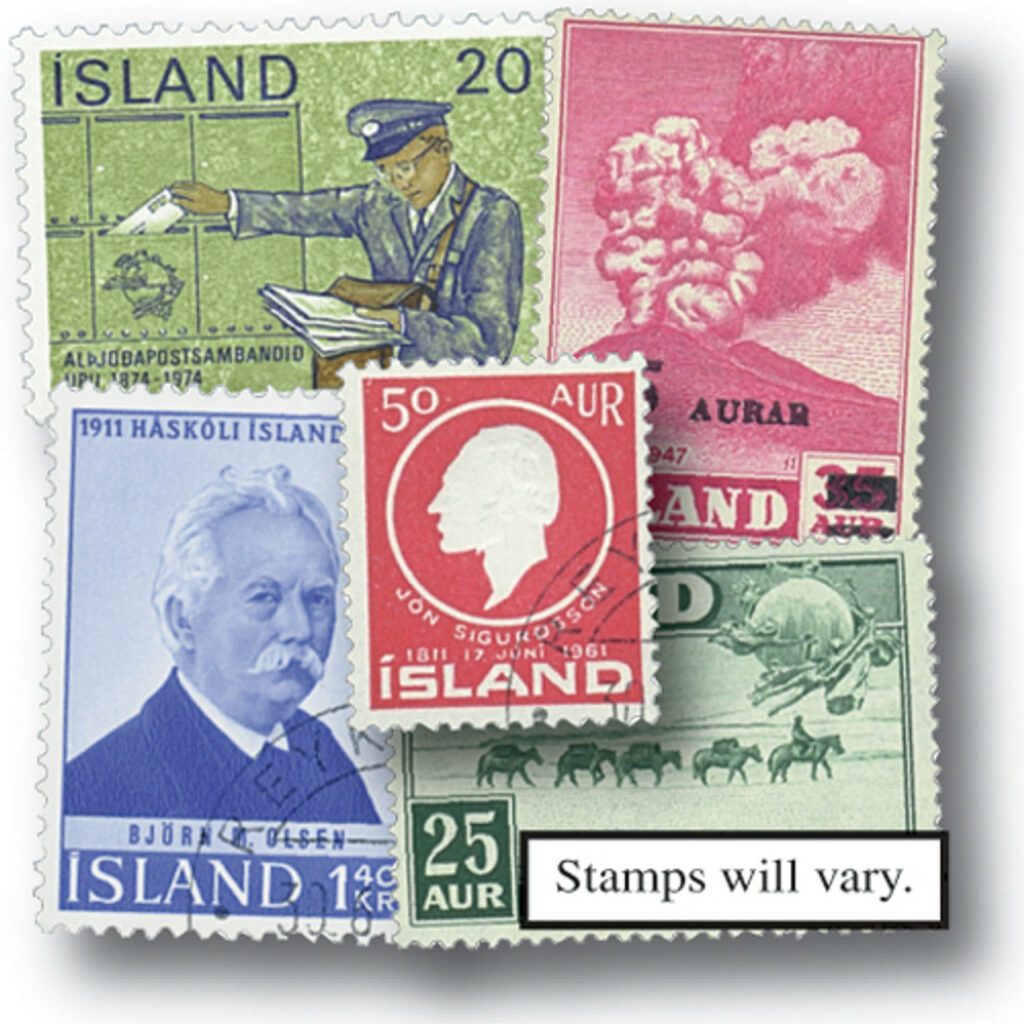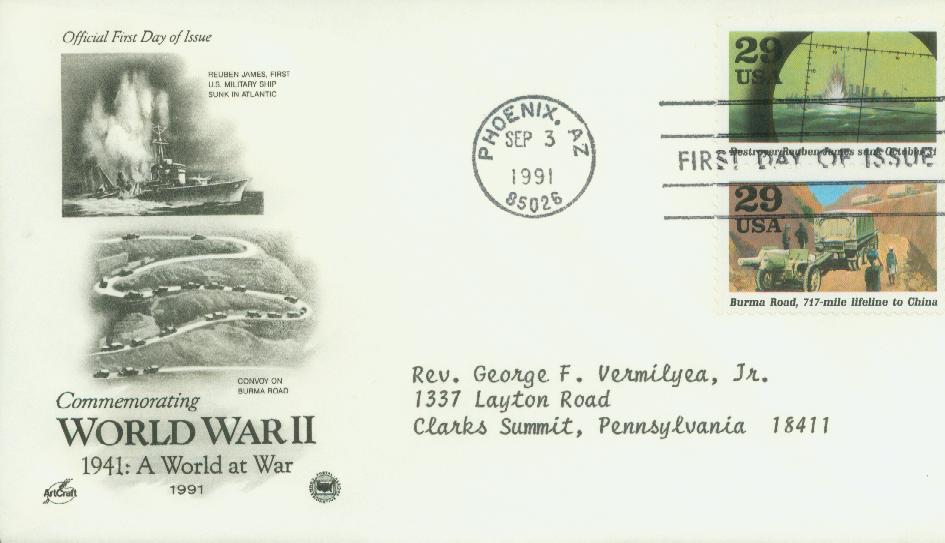On October 17, 1941, a US ship was attacked and damaged by the Germans for the first time during World War II. This quickly led to escalated tensions and the sinking of the first US ship by the end of the month.
In the months leading up to the event, America, who had claimed neutrality, was growing more and more involved in the war. In March, the US initiated the Lend-Lease program, sending money, munitions, and food to Britain, China, and later the Soviet Union.
That spring, German U-boats stepped up their attacks in the Atlantic, threatening to interrupt the trans-Atlantic supply line. The US was sending out “neutrality patrols,” which reported Axis ship and submarine sightings to the British and Canadian navies. Starting in April, US Navy ships began escorting Allied convoys from Canada to the Mid-Atlantic Meeting Point where they met up with the Royal Navy to take them the rest of the way.
In June 1941, President Roosevelt worked out a deal with Prime Minister Churchill to send American forces to occupy Iceland to free up British forces for combat. By August, the US Navy established its own base at Reykjavík.
Among the ships stationed at Reykjavík was the USS Greer. On September 4, 1941, the Greer was fired upon, but not hit. Upon learning of the incident, President Roosevelt addressed the situation in one of his fireside chats, saying, “The Greer was flying the American flag. Her identity as an American ship was unmistakable. She was then and there attacked by a submarine. Germany admits that it was a German submarine. The submarine deliberately fired a torpedo at the Greer, followed by another torpedo attack. In spite of what Hitler’s propaganda bureau has invented, and in spite of what any American obstructionist organization may prefer to believe, I tell you the blunt fact that the German submarine fired first upon this American destroyer without warning, and with the deliberate design to sink her.”
Roosevelt called this event “an act of piracy” by Germany and issued a “shoot-on-sight” order. This gave American ships permission to fire on German ships, planes, and submarines as soon as they saw them, instead of waiting for them to strike first.
That October, the USS Kearny was docked at Reykjavík when a German wolf pack of U-boats attacked a British convoy nearby. The Kearny and three other destroyers were called in to assist. Once it reached the area of action, the Kearny dropped depth charges on the U-boats and would continue throughout the night. The next day, October 17, one of the U-boats fired a torpedo at the Kearny, striking the starboard side. The crew quickly confined the flooding to one area so they could move away from the fighting. The attack inflicted 11 American deaths and 22 injuries.
After this attack, Roosevelt again addressed the nation, saying, “America has been attacked. The USS Kearny is not just a Navy ship. She belongs to every man, woman, and child in this nation… Hitler’s torpedo was directed at every American… The purpose of Hitler’s attack was to frighten the American people off the high seas – to force us to make a trembling retreat. This is not the first time he has misjudged the American spirit. That spirit is now aroused.”
At the end of the month, a German U-boat would attack another US ship, the USS Reuben James. The Reuben James was the first American ship sunk by the Germans during the war. America would be drawn into the war less than two months later.
| FREE printable This Day in History album pages Download a PDF of today’s article. Get a binder or other supplies to create your This Day in History album. |
Discover what else happened on This Day in History.








I recall my father,who was in the Royal Canadian Navy ,telling me he was frightened as a young man of 18 on his way across the Atlantic in 1939,from Canada to Europe.He was not afraid of the battles ahead but of U boats that were sinking supplies of food and munitions and men from Canada on their way to England. Canada went to Britain’s aid in 1914 and again in 1939 with no hesitation. Canada’s small population produced tremendous quantities of food for British civilians and soldiers.
A bit puzzled. The illustrated stamp (Sc #940, Honoring All Who Served) was issued 9 May 1946 after WWII and depicted the Honorable Discharge Emblem (commonly called the “Ruptured Duck”). The Kearny sinking precipitated the U.S. entry at the beginning of WWII.